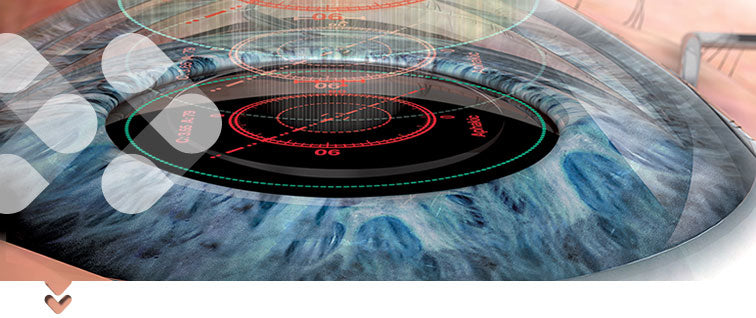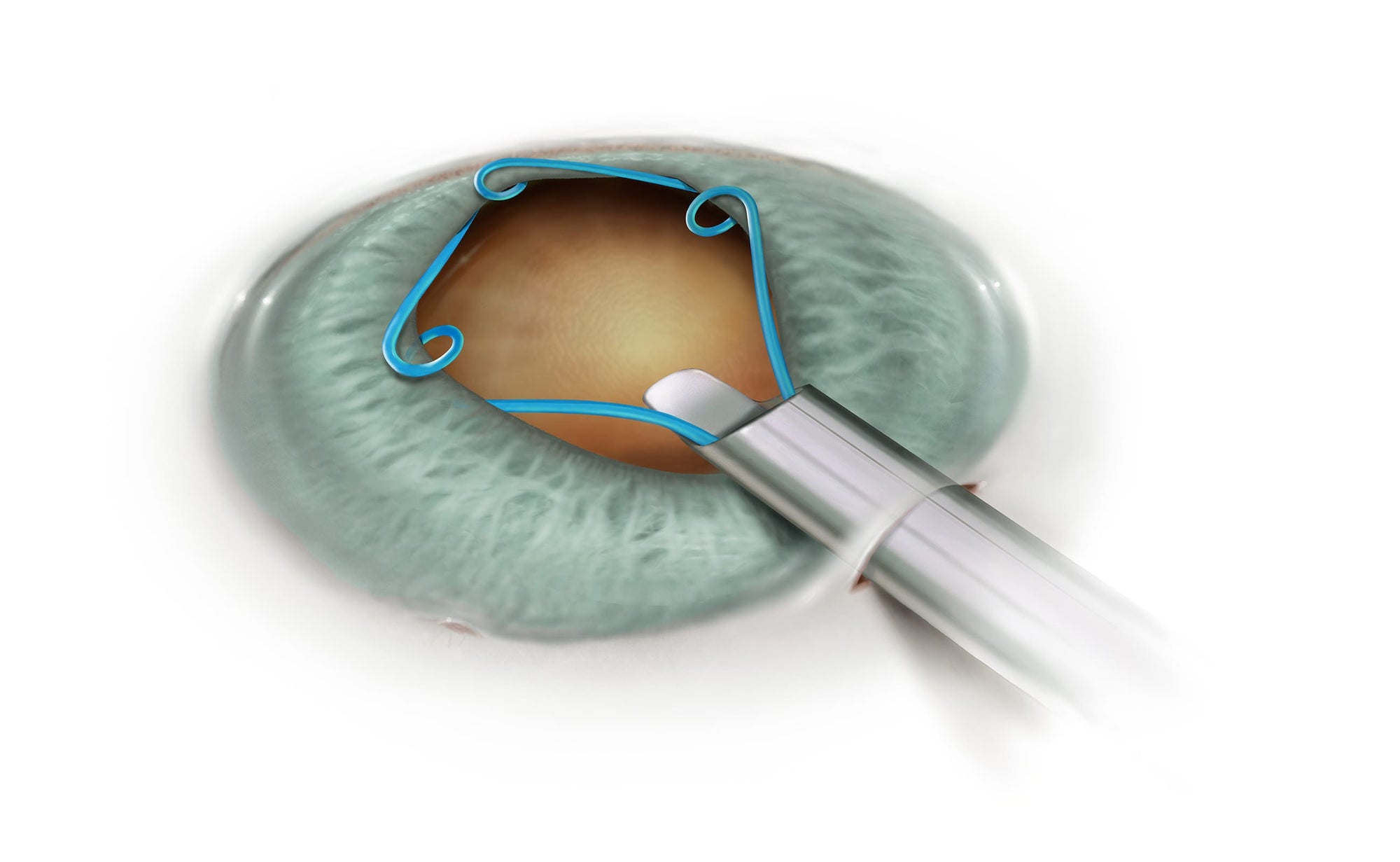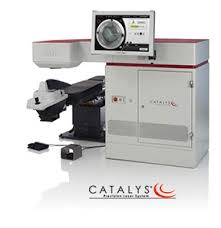Q: What is ORA Intraoperative Computer Imaging?
A: During cataract surgery, the ophthalmic surgeon vacuums away the natural lens of your eye. The surgeon then then inserts a replacement lens implant to provide you with clear vision. Eye surgeons often recommend ORA Intraoperative Computer Imaging, which takes thousands of images and performs calculations after your natural lens is removed but before a lens implant is inserted, to provide you with the most accurate calculation possible for your clear vision.

Q: How is this different from the usual way measurements are done?
A: Prior to cataract surgery, a series of measurements are performed in the eye doctor's office, including the curvature of the clear cornea in the front of the eye and the front to back length of the eye. These measurements are then entered into a computer program to predict the power of the lens implant that will provide you with the best vision. If you’re undergoing a toric astigmatic lens implant surgery, the alignment of the lens in the eye is also determined. Patients having ORA Intraoperative Computer Imaging get these measurements too, but have measurements taken during the surgery itself to refine the measurements and make them even more precise.
Q: I am having a monofocal or multifocal lens. Why was this recommended?
A: Your ocular history or findings make the usual measurements less reliable, including one of the following: irregular corneal astigmatism, corneal scar, prior LASIK or PRK surgery, extremely high eyeglass or contact lens prescription, extremely steep or shallow corneal curvature, or extremely long or short eye length.
Q: I am having a toric lens. Why was this recommended?
A: Toric lens implants correct astigmatism without distortion from the inside of the eye, and have very high satisfaction rates for patients with significant astigmatism who are seeking the sharpest vision at distance without eyeglasses. In order to work accurately, they must be precisely aligned in the direction of your astigmatism. The usual way in which this is done is by the doctor or nurse placing a mark on your cornea by hand just before surgery, and the doctor aligning the lens using manual techniques. The ORA Intraoperative Computer Imaging is more precise, because it takes thousands of images during surgery and provides your eye surgeon with information to place the lens in the exact rotational position that results in you having the lowest amount of optical astigmatism and clearest vision.
Q: Does Medicare or my Health Insurer pay for ORA Imaging?
A: Medicare and other health insurers pay for standard pre-operative measurements. There is an out-of-pocket additional fee for ORA Intraoperative Computer Imaging.














